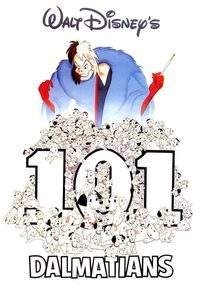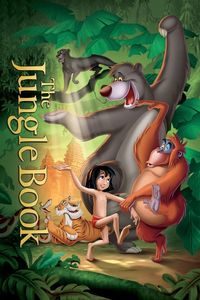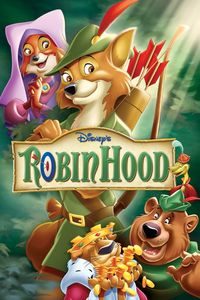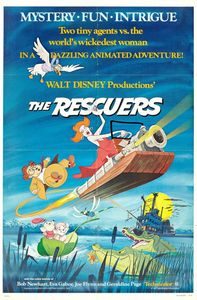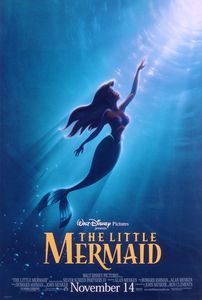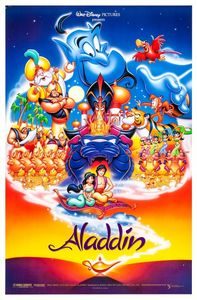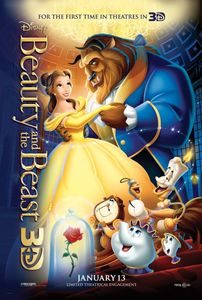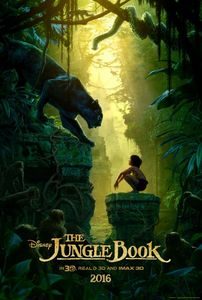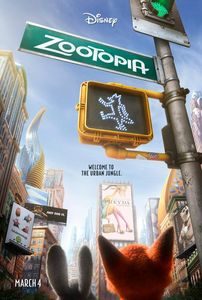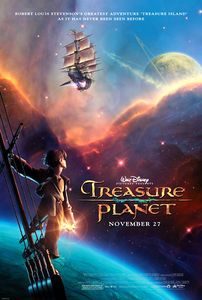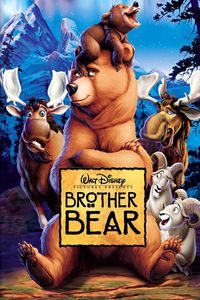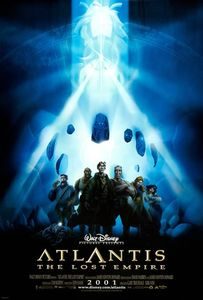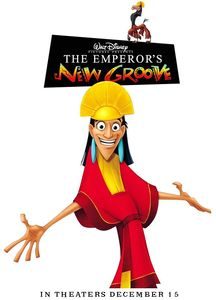One Hundred and One Dalmatians (1961)
(On DVD, February 2018) I’ve been revisiting enough Disney classics lately that I can’t even predict if I will like them after watching them in their original English from beginning to end (buying movies for kids does not mean that you’ll watch them like you watch other movies). I’ve been impressed, depressed and unimpressed by other Disney classics, so it’s a bit strange to say that One Hundred and One Dalmatians is … pretty much what I was expecting from childhood memories and consumption of tie-in material both as a kid and as a parent. It’s the story of a bachelor, a bachelorette, their dogs and what happens when an old acquaintance of hers becomes obsessed with harvesting puppy fur for a coat. It’s musically minded without being a musical, it features a lot of dogs and unfolds more or less like I remembered it. There are occasional flashes of outdated social conventions (the sexualization of antagonist Cruella DeVille is bothersome, although not as much as the extreme caricature in The Rescuers) and the usual stuff to tolerate in a film with many animal characters, but One Hundred and One Dalmatians hasn’t spoiled in the past few decades. I really liked the first few minutes showing “life before puppies” and more specifically the routine and courtship of a London-based song composer—there’s some charming stuff in there, and it tends to be forgotten when recollections of the film focus on the titular Dalmatians. In short, I’m satisfied by One Hundred and One Dalmatians and that’s already better than what I can say about other Disney movies of the same period.
